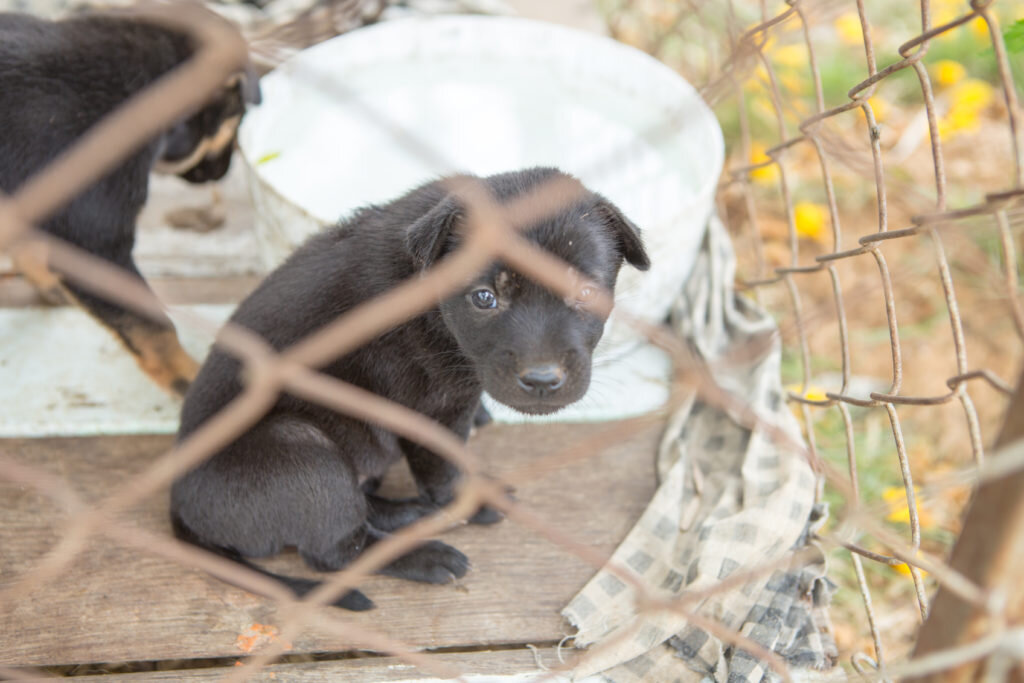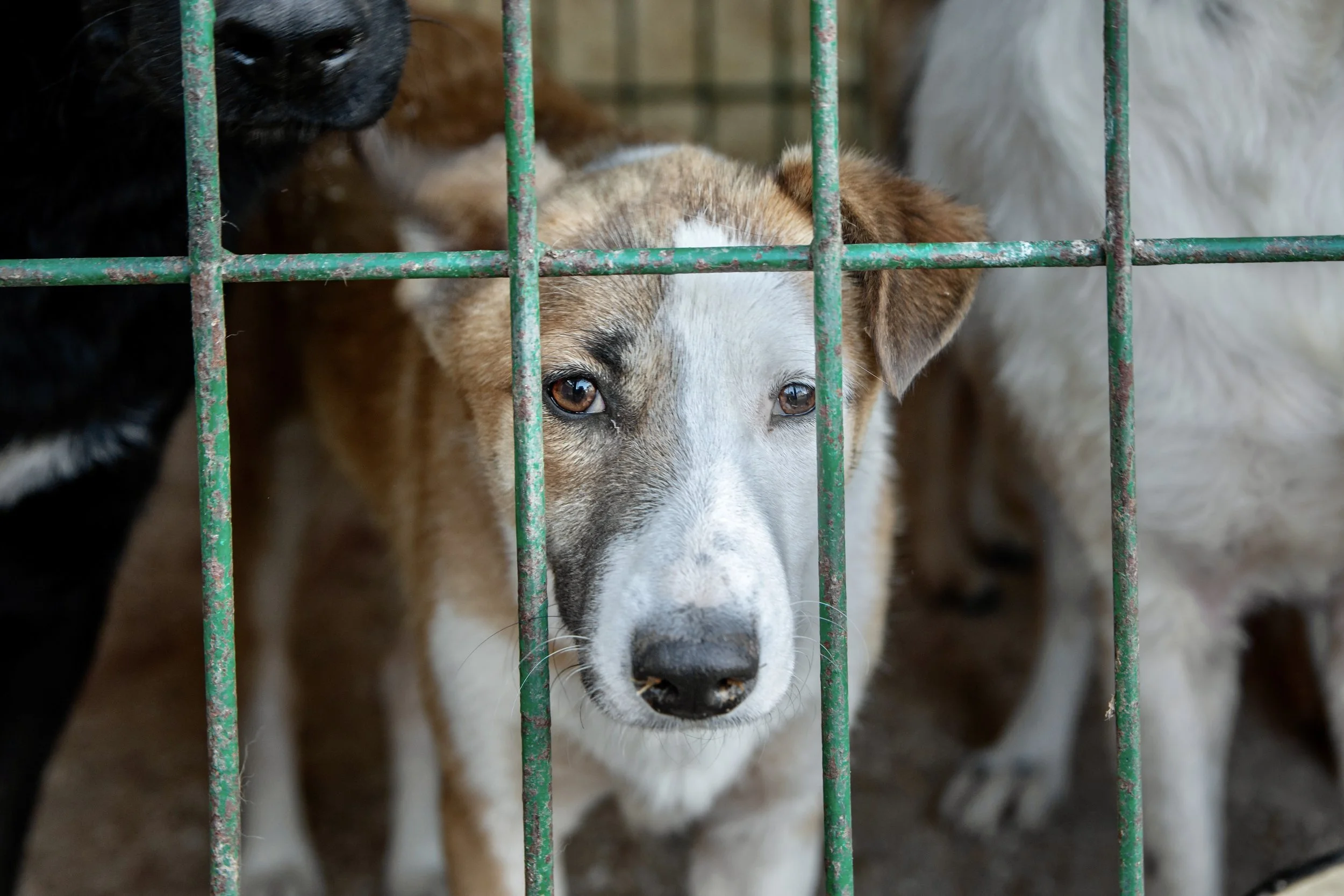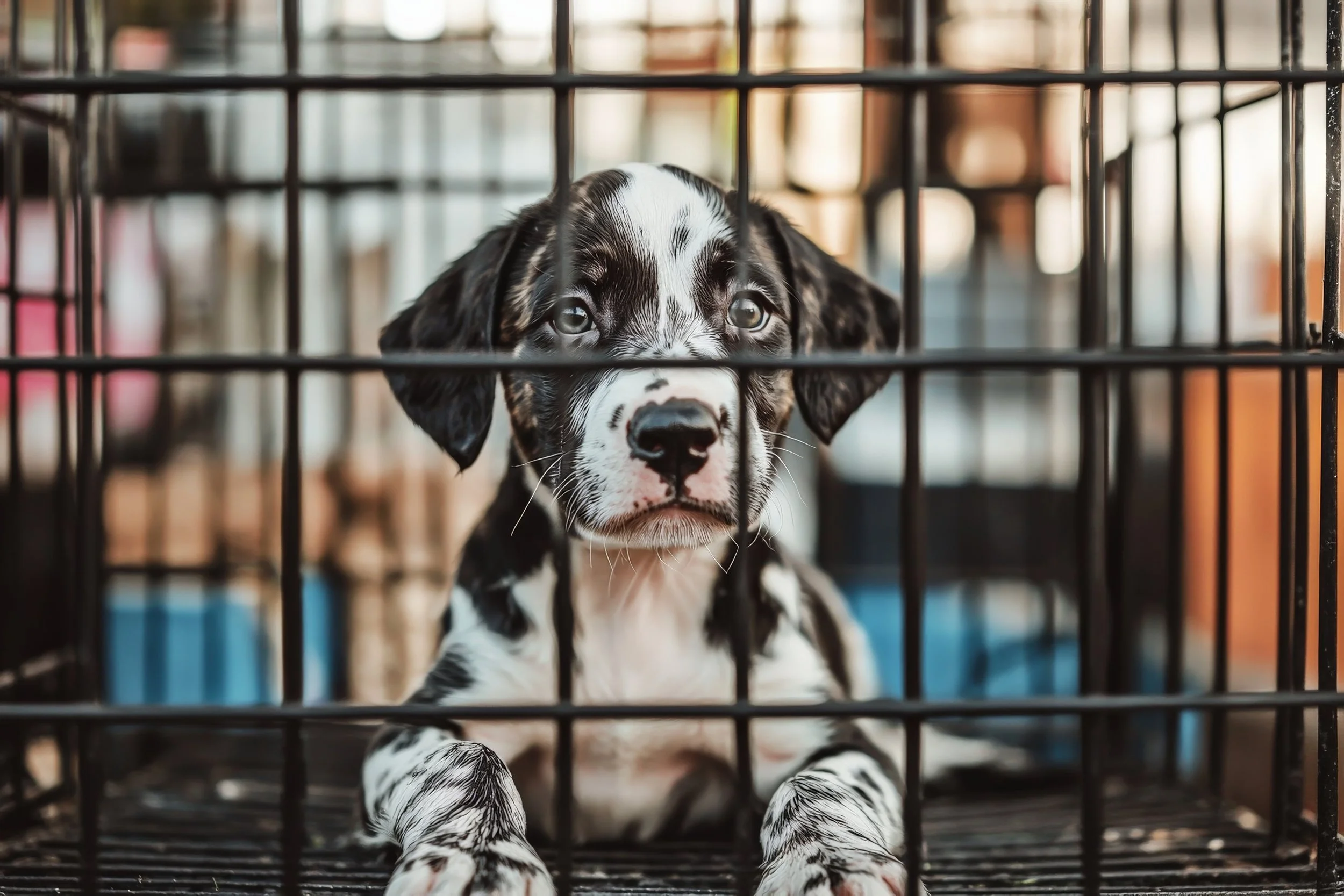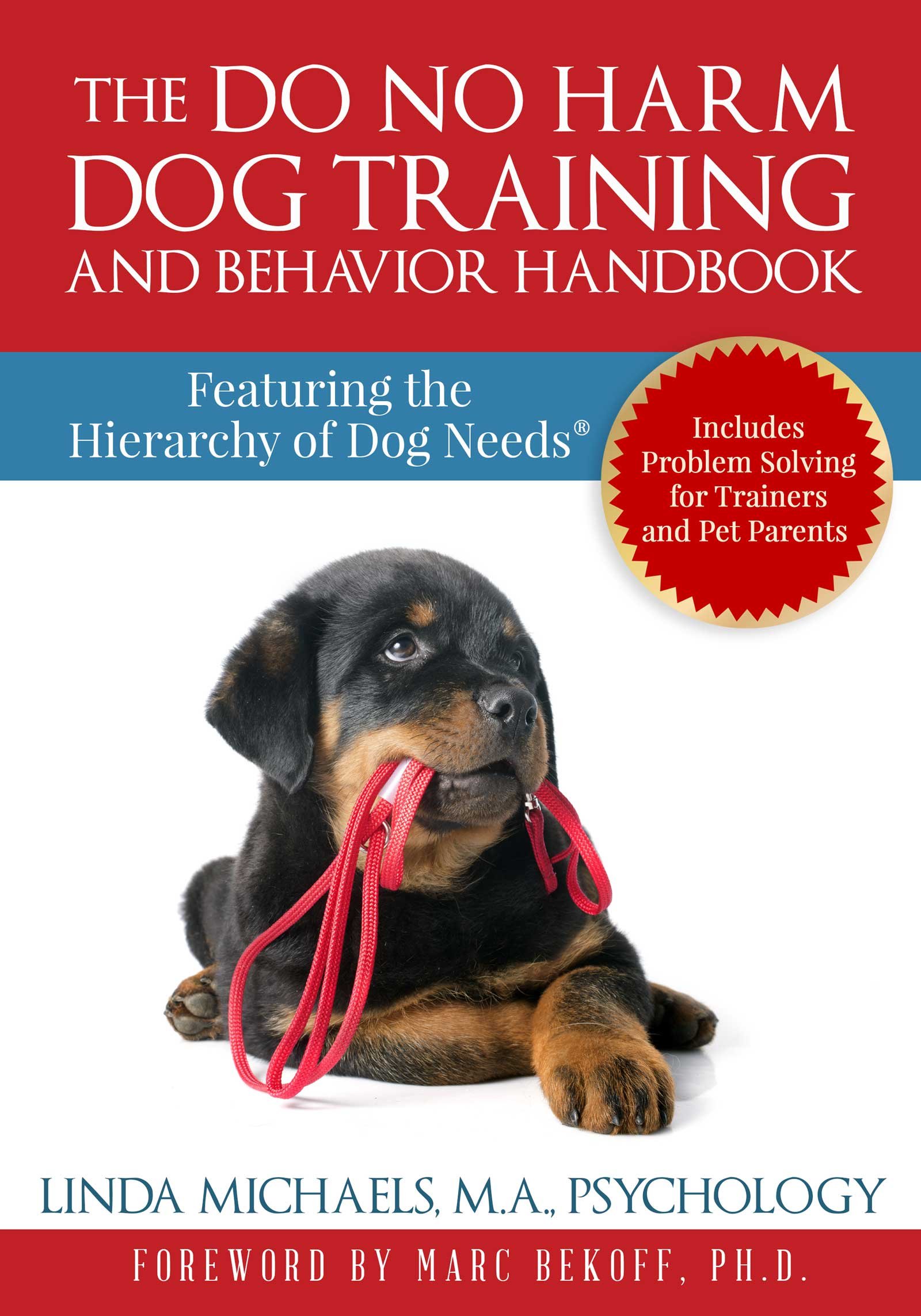Puppy Mills— The Horrific Truth
This article contains an excerpt from the Do No Harm Dog Training and Behavior Handbook chapter, “How to Find a Dog That Fits Your Lifestyle Before You Fall in Love”
Puppy Mills—The Horrific Truth
By Jeanine K. Jones—Do No Harm Admin
Many people choose to bring home a puppy when they wish to add a dog to their home. If you’ve been tempted to buy a darling little puppy from a pet store that sells (not adopts) dogs or tempted to buy a puppy sight unseen from an online ad, be aware of how that puppy started her life. I don’t believe any caring people want to cause suffering to any dog.
When you purchase a puppy, you may unknowingly support cruel and inhumane treatment of dogs by inadvertently supporting puppy mills. When you envision a puppy, what do you imagine of the environment in which she was born and raised? Perhaps she was born to a caring breeder who carefully selected parents for breed type, genetics, health, and temperament? Perhaps she was born in a shelter and needs a great home? Perhaps she was born on a beautiful country farm, romping in the fields, playing among hay bales, and happily developing all her doggy senses? Sadly, many puppies do not start life in these positive environments.
An estimated 2 million puppies are bred in puppy mills EVERY year. While no puppy seller will admit to sourcing a puppy from a mill, the sad fact is that puppy mills are big business and a major supplier of puppies. Contrary to popular belief, an AKC or other type of registration is NOT a guarantee of health or quality; it is merely an acknowledgement that both parents were registered by the organization. Registration is a paper trail, nothing more.
Let’s do some simple math in the following hypothetical example. If half of the approximately 2 million puppies produced by puppy mills each year are sold through brokers to pet stores, and half to the public via the Internet, the numbers are as follows: if half are sold to pet stores for $100 a piece, that equals a $100 million dollar market. If the other half of those puppies are sold to consumers for $500-$1000 each (and puppies are often sold for much more), that equals a $500 million—$1 billion dollar market for the puppy mills. That’s right, billion with a “b.” Together, it’s a $600 million to $1.1 billion market, conservatively speaking. These numbers do not take into account the puppies that are not sold due to surplus supply or death, or the costs of keeping and transporting puppies, but the aim of a puppy mill is to keep costs as low as possible. Unfortunately, that leads to inhumane conditions for the dogs.
What Is a Puppy Mill and What Happens There?
Puppy mills are the factory farms of dog breeding. Female dogs are usually bred every heat cycle until they can no longer produce, then they are killed, dumped, or sold. Breeding is done regardless of quality, pedigrees (leading to severe inbreeding), or genetic heath issues (both visible and invisible, from deformed body parts to elbow, knee, hip, and eye problems). Most dogs spend their entire lives in dirty, cramped wire cages without any kind of enrichment. In many puppy mills, wire cages are stacked upon each other so defecation and urination falls onto the dogs below. Cages are often dirty and food is of the poorest quality. There is no grass to romp in, no toys to entertain, no socialization, no training, little to no freedom, and very little human interaction.
Health care is often virtually non-existent. Diseases and parasites are prevalent, including those communicable to humans. Proper veterinary care is an expense that eats into the bottom line of profits. In addition, cruel practices such as medical procedures without anesthesia and de-barking are practiced. Puppies can be shipped all over the country, taken from mothers at an early age and often subjected to inhumane treatment when transported.
When dogs exhaust their usefulness, they are rarely euthanized humanely. Shooting, drowning, and beating are common. The “lucky” ones are dumped at shelters or sold at auction. The most basic needs of any living being go unmet. In fact, no level of The Hierarchy of Dog Needs® from Linda Michaels M.A. Psychology, is properly met -- not biological, emotional, social, force-free training, or cognitive needs. Pet parents who desire a physically sound, healthy, happy, sociable puppy are often severely and sadly disappointed after purchasing a puppy.
Why are Puppy Mills Allowed to Exist?
While animal welfare laws exist, enforcement is difficult, time consuming, and expensive. Some puppy mills, aka high-volume commercial breeding operations, are registered with the US Department of Agriculture (USDA), but there are many that are operated illegally. The USDA only regulates breeders who sell puppies wholesale. Even when breeding operations are found in violation of USDA rules, they are rarely shut down. Currently only 35 states in the US regulate high volume breeders in any manner. Violators are often subject only to small fines, sometimes a mere $100. The Humane Society of the US publishes a Horrible Hundred list every year, in which Missouri, Ohio, Iowa, and Pennsylvania repeatedly appear.While the USDA listing of commercial breeders and their history of violations used to be available to consumers under prior administrations, access is now nearly impossible. Currently, a Freedom of Information Act (FOIA) must be submitted to request records be released by the government agency. However, a FOIA request does not result in meaningful information access because much of the data is redacted (blacked out) and on the USDA website identities of commercial breeders are purposely not linked to the cited violations, when listed. According to Elizabeth Oreck, the national manager of puppy mill initiatives at Best Friends Animal Society,“It makes it nearly impossible to enforce current laws that prohibit the retail sale of dogs and cats from breeders who have been cited for certain federal violations, and it gives the public no way of knowing, when they walk into most pet stores, anything about the origins of the pets for sale.” When the Tampa Bay Times made a FOIA request, it took 9 months and consisted of 54 pages of blacked-out records. National Geographic previously received some 1700 blacked-out pages.
Puppy Mills in Ohio
Victoria Stilwell marching against puppy mills— pointing out a puppy mill virtually unseen to passers by.
Because I live in Ohio, let me specifically speak about puppy mills here, which are most prevalent in counties with large Amish populations. Many unsuspecting people see advertisements for “Amish raised” puppies and mistakenly believe those dogs are from well-cared-for litters from a wholesome environment. In 2013, a law was passed in Ohio to begin regulation of commercial breeding and a new, stricter law was passed in June 2018, effective September 28, 2018. This new law as enacted: stipulates constant access to clean water and food twice a day; bans the stacking of cages, use of wire flooring, and increases the size of kennels. However, remember that these dogs live in a cage for 23+ hours a day; requires daily exercise (30 minutes) and socialization (15 minutes); and places a limit on the number of litters females can have to eight.
While the newest law is better, it does not enforce what most of us would consider an acceptable dog environment. In addition, high-volume breeders aren’t required to comply with new cage size requirements until the end of 2021. It is too soon to know whether the state will be able to enforce the new rules, which is a valid concern. The Ohio Department of Agriculture, which covers the entire state and hundreds of known facilities, has only four inspectors. Ohio is second only to Missouri in its number of puppy mills and shows up prominently on the HSUS Horrible Hundred list, a listing of the worst known breeding operations in the country. Ohio also has the worst rating for sanitary conditions for breeding dogs.
Here are just a few examples from the 2018 HSUS Horrible Hundred report in the state of Ohio alone:
—“Canton, Ohio: (REPEAT OFFENDER) Unlicensed breeder who admitted to neutering puppies without a veterinarian and without anesthesia is still selling via her pet store and online, two years after the state revoked her license.”
—“Loudonville, Ohio: (REPEAT OFFENDER) Sold underage puppies despite prior warning; prior issues with sick and injured dogs; sells more than 250 puppies a year.”
—“Millersburg, Ohio: Repeated veterinary care deficiencies, including tail docking and dew claw removal without appropriate veterinary guidance; excessive feces and filthy conditions.”
—“Millersburg, Ohio: Name withheld by USDA, Yorkie found ‘excessively matted, wet and smelling of urine’, multiple dogs in need of veterinary care included dogs with hair loss and missing teeth; licensee mixed his own drug concoction that had not been approved by a veterinarian.”
The Harm Puppy Mills Cause
If it isn’t obvious that puppy mills should not exist, there is credible scientific research supporting this viewpoint. In the paper, “The Harmful Effects of Puppy Mills on Breeding Dogs and Their Puppies,” Franklin D. McMillan, DVM, DACVIM outlines how puppy mills started and the numerous ill effects caused to the dogs in these facilities: “By demonstrating that dogs maintained in puppy mills were reported to have developed long-term fears and phobias, compulsive behaviors such as circling and pacing, possible learning deficits, and are often unable to cope fully with normal existence, this study provides the first scientific evidence that dogs confined in puppy mills for breeding purposes demonstrate impaired mental health and, as a result, diminished welfare.” In addition, he concludes:“The harm experienced by adult breeding dogs and puppies sold through pet stores can be extensive and long-lasting. Many of the dogs go through the experience with little evidence of psychological harm, and many of those harmed can heal over time with patience and rehabilitation— however, many dogs carry severe psychological scars for years and sometimes for a lifetime.”
How Can You Find a Reputable Source for a Puppy?
It is important to note that pet supply stores that sponsor adoptions from local Humane Societies, shelters, and animal rescues are different from pet stores that sell puppies. Additionally, while the Internet can be a valuable source for researching and finding puppies from responsible sources, it can also serve as a convenient way for puppy mills to sell to the unsuspecting public. As the Internet has grown, so has the opportunity for puppy mills to sell directly to consumers. While the USDA listing of commercial breeders and their history of violations used to be available to consumers under prior administrations, access is now nearly impossible. Currently, a Freedom of Information Act (FOIA) must be submitted to request records be released by the government agency. However, a FOIA request does not result in meaningful information access because much of the data is redacted (blacked out) and on the USDA website identities of commercial breeders are purposely not linked to the cited violations, when listed. According to Elizabeth Oreck, the national manager of puppy mill initiatives at Best Friends Animal Society, “It makes it nearly impossible to enforce current laws that prohibit the retail sale of dogs and cats from breeders who have been cited for certain federal violations, and it gives the public no way of knowing, when they walk into most pet stores, anything about the origins of the pets for sale.” When the Tampa Bay Times made a FOIA request it took 9 months and consisted of 54 pages of blacked out records. National Geographic previously received some 1700 blacked out pages.
Never purchase a puppy sold by a pet store or sight unseen from the Internet. Doing so only fuels the puppy mill cycle of abuse. While the idea of “rescuing” that one puppy may be appealing, it simply feeds the commercial breeding industry— it is not rescuing. If you wish to save a life, adopt from your local shelter or well-respected rescue.
I personally choose not to support or shop at any store that sells puppies or kittens. Kitten mills also exist, although they are not as prevalent as puppy mills. I also chose to vote for political representatives who support humane animal welfare and reform. The HSUS keeps a voting scorecard: http://www.hslf.org/our-work/humane-scorecard.html If you are seeking out a purebred puppy and wish to go through a breeder, do your research on the breeder to ensure they are reputable. Do not be surprised if a great breeder has a lengthy waiting period, strict screening process, and a thorough contract for you to sign. Puppy mills also breed mixed breed puppies, including “designer” dog breeds. Many of the cute “designer” dogs are not a result of accidental or thoughtful breeding, but a well-crafted marketing ploy. To be clear - there ARE responsible dog breeders that care deeply not only for their dogs, but also for the health, temperament, and future of the breed. You should always see where the puppy was raised in person, view the mother dog (and father dog, if possible), and ask the breeder detailed questions. Great breeders do genetic health testing of their dogs to screen for common problems in their breed. These tests differ by breed, but a list of tests for every AKC registered breed is available at https://www.akc.org/breeder-programs/akc-bred-with-heart-program/requirements/health-testing-requirements/ . The resources below provide further information about puppy mills, but please be aware some of the images on those sites can be disturbing, as indicated below.
Never purchase a puppy sold by a pet store or sight unseen from the Internet. Doing so only fuels the puppy mill cycle of abuse. While the idea of “rescuing” that one puppy may be appealing, it simply feeds the commercial breeding industry— it is not rescuing. If you wish to save a life, adopt from your local shelter or well-respected rescue.
Statistics
Puppy Mill Statistics*
An estimated 167,388 breeding dogs are currently living in United States Department of Agriculture (USDA)-licensed commercial facilities for breeding purposes this very moment.**
There are an estimated 10,000 puppy mills in the United States (this includes both licensed and unlicensed facilities).
Over 2 million puppies are bred in mills each year.
* thepuppymillproject.org
** Humane Society of the United States (HSUS) 2014 Puppy Mill Facts and Figures report and the American Society for the Prevention of Cruelty to Animals (ASPCA) Pet Statistics
Resources (+ indicates potentially disturbing photographs)
http://m.humanesociety.org/news/press_releases/2018/05/horrible-hundred-2018-uncovering-puppy-mills.html +https://www.thepuppymillproject.org/about-puppy-mills/
https://www.columbusdogconnection.com/breeders-high-volumepuppy-mill.html + https://blog.humanesociety.org/2018/06/breaking-news-ohio-governor-signs-landmark-anti-puppy-mill-law.html
https://www.mydaytondailynews.com/news/ohio-law-strict-puppy-mills-but-enformcent-new-standards-questioned/IAgXh6w77n9LFFci14052O/
https://www.petmd.com/news/care-safety/nws_dg_Mass_production_of_pedigree_pets-12669
The Harmful Effects of Puppy Mills on Breeding Dogs and Their Puppies
http://www.wp.iafriends.org/wp-content/uploads/2015/01/4_TheHarmfulEffectsOfPuppyMillsonBreedingDogs.pdf
https://www.appliedanimalbehaviour.com/article/S0168-1591(11)00300-5/abstracthttps
https://www.journalvetbehavior.com/article/S1558-7878(17)30010-2/fulltext
http://www.nbcnews.com/id/34751720/ns/health-pet_health/t/activists-go-undercover-thwart-puppy-mills/#.W8T-oBopChA
https://www.daytondailynews.com/news/hundreds-dog-breeders-uncovered-new-puppy-mill-law/oxCxbKSt58dWqBC6huncSJ/
https://myfox28columbus.com/news/local/12-ohio-puppy-mills-on-humane-societys-list-of-the-horrible-hundred
https://www.thisdogslife.co/year-usdas-animal-welfare-site-hid-information-puppy-mills-may-get-worse-dogs/ +
Learn “How to Find a Dog That Fits Your Lifestyle Before You Fall in Love” in The Do No Harm Dog Training and Behavior Handbook.





